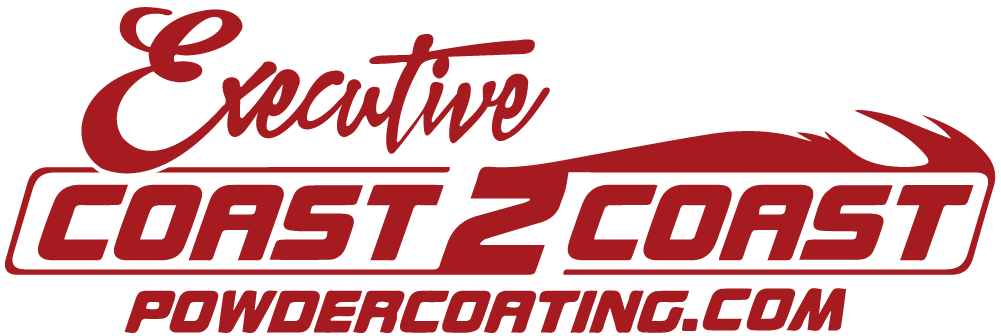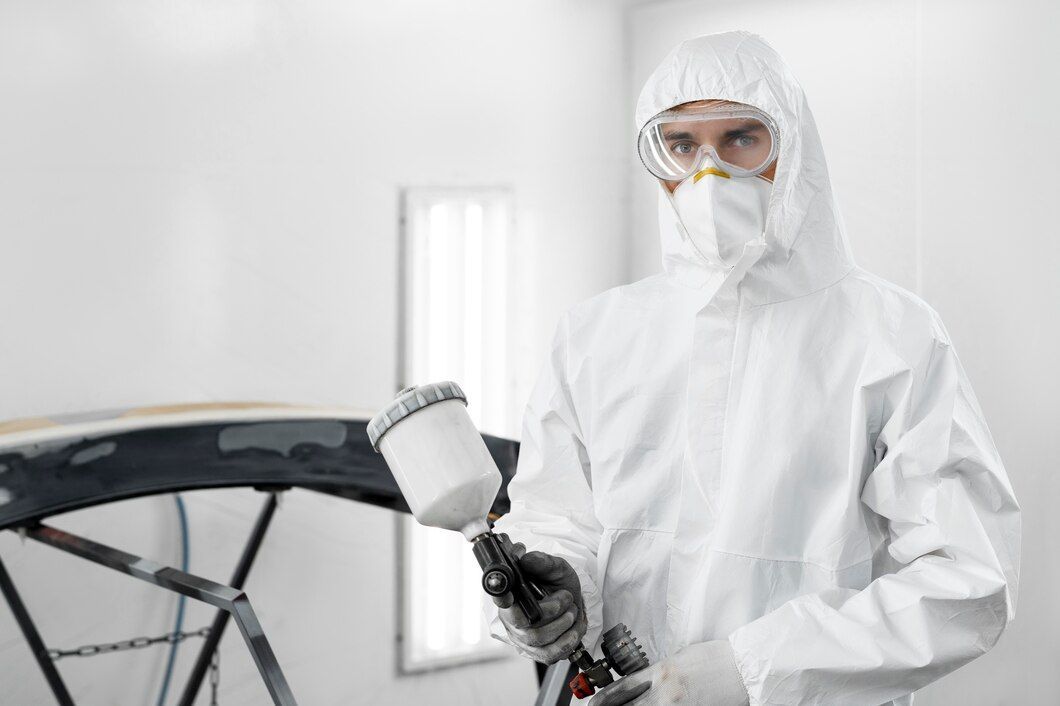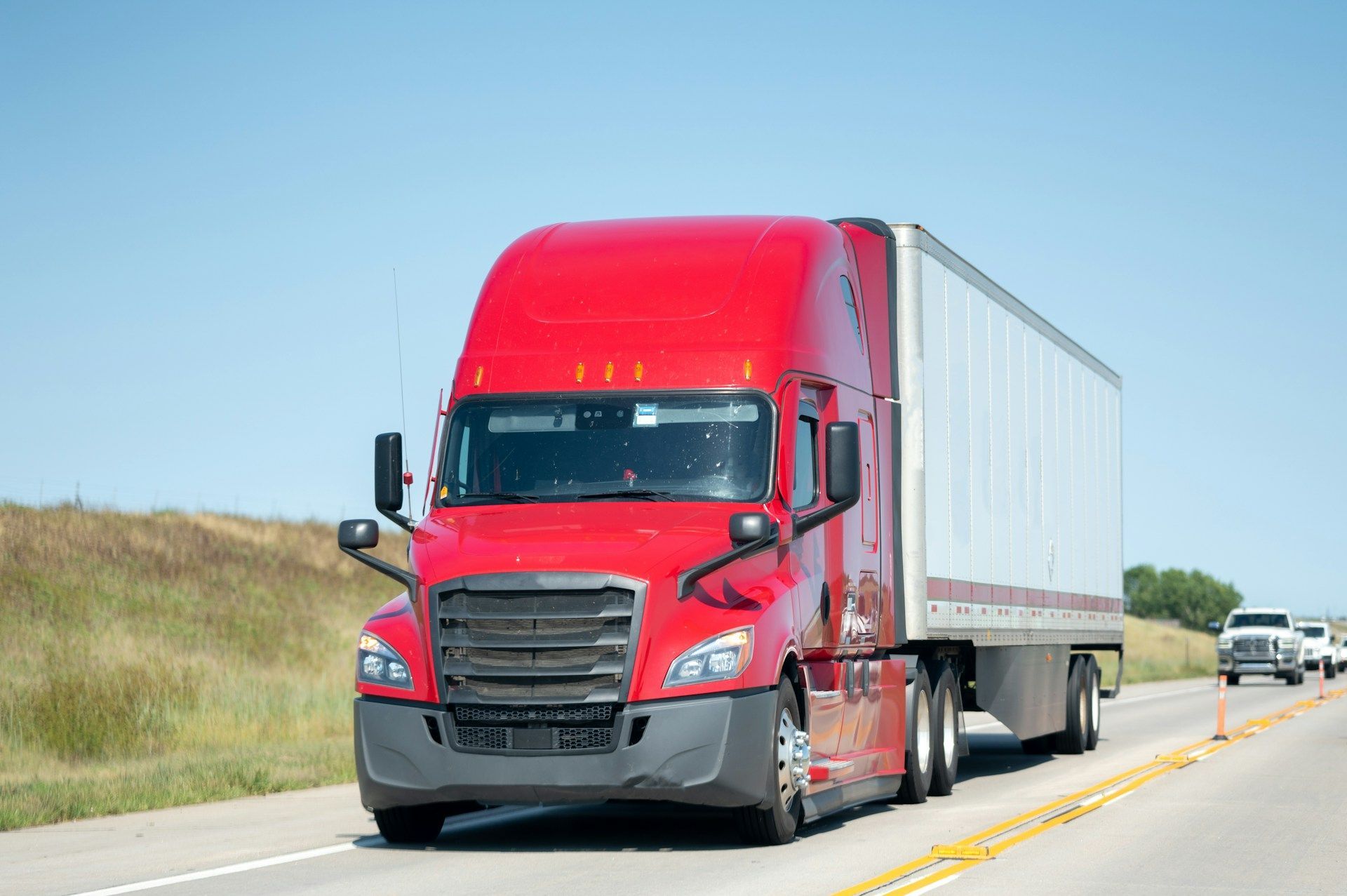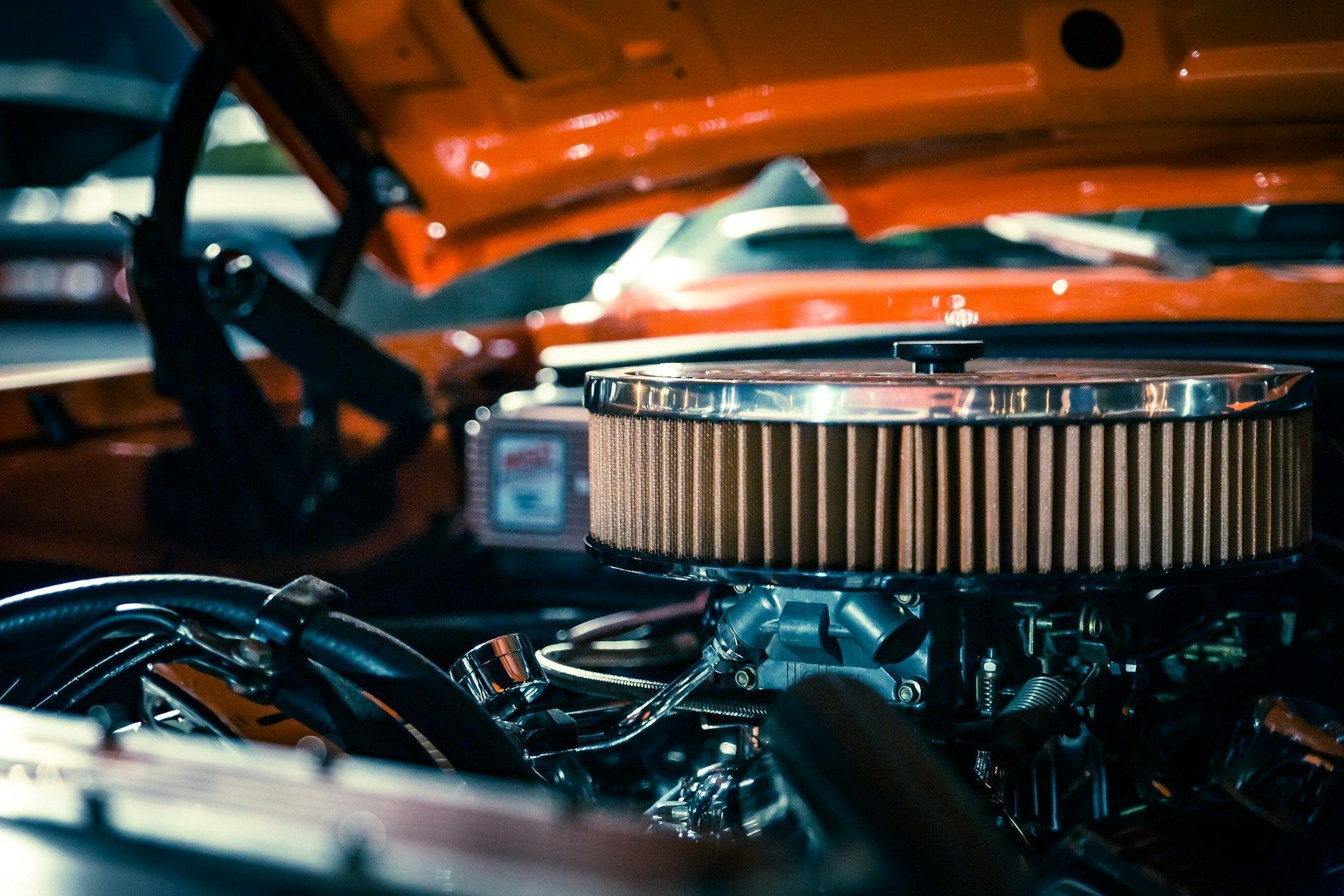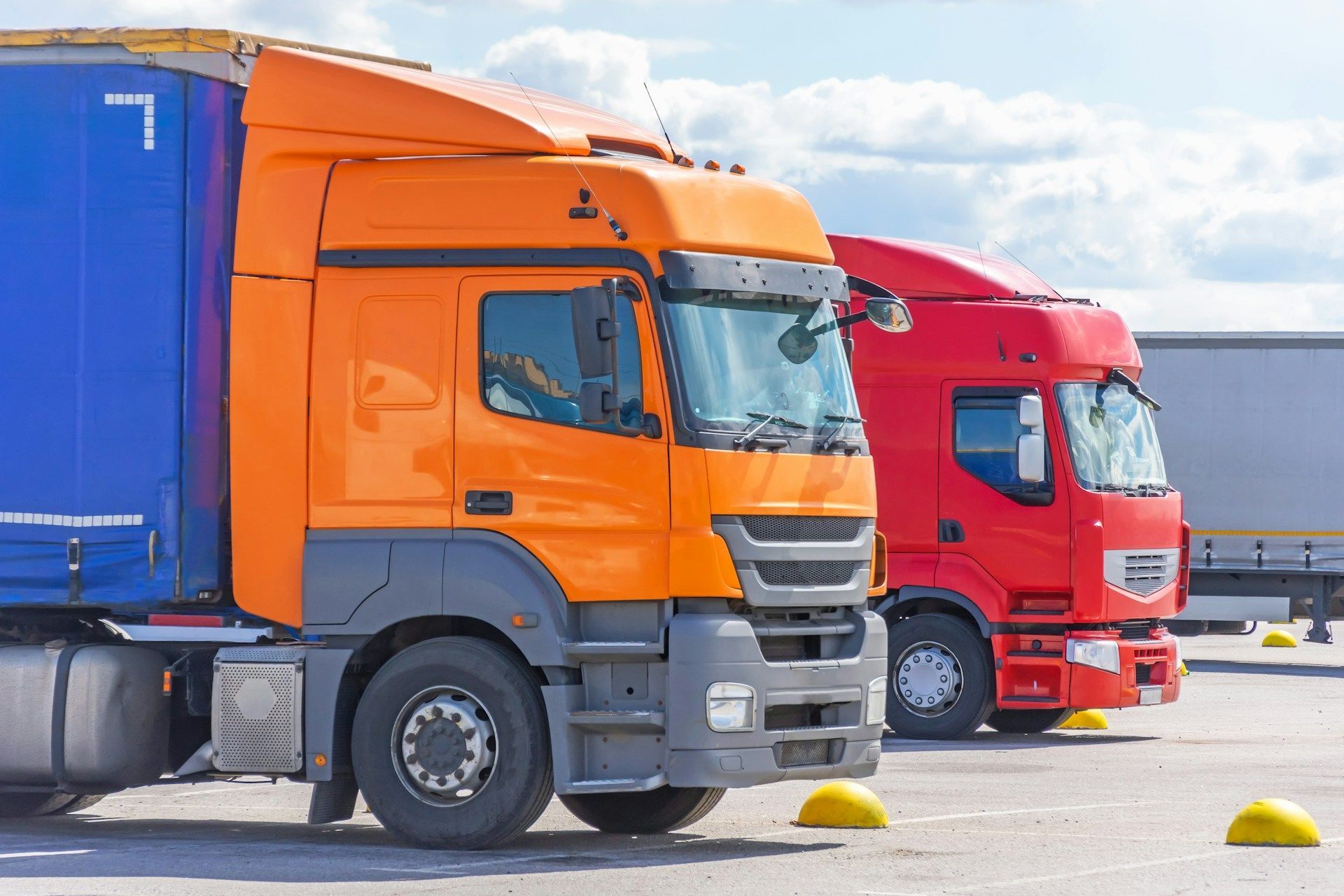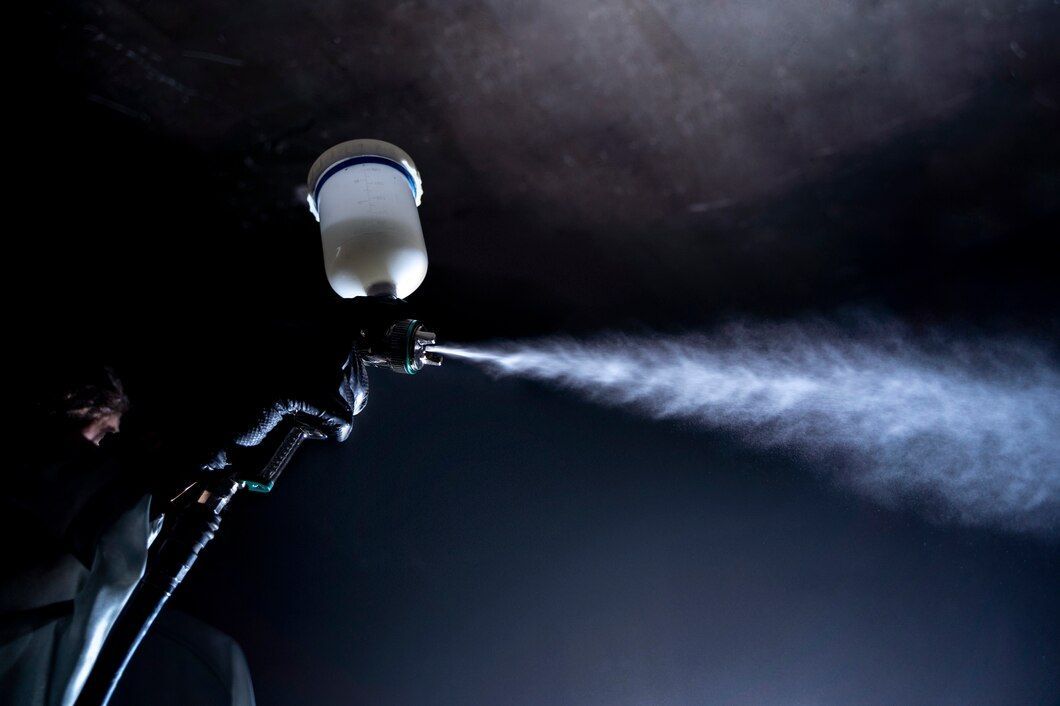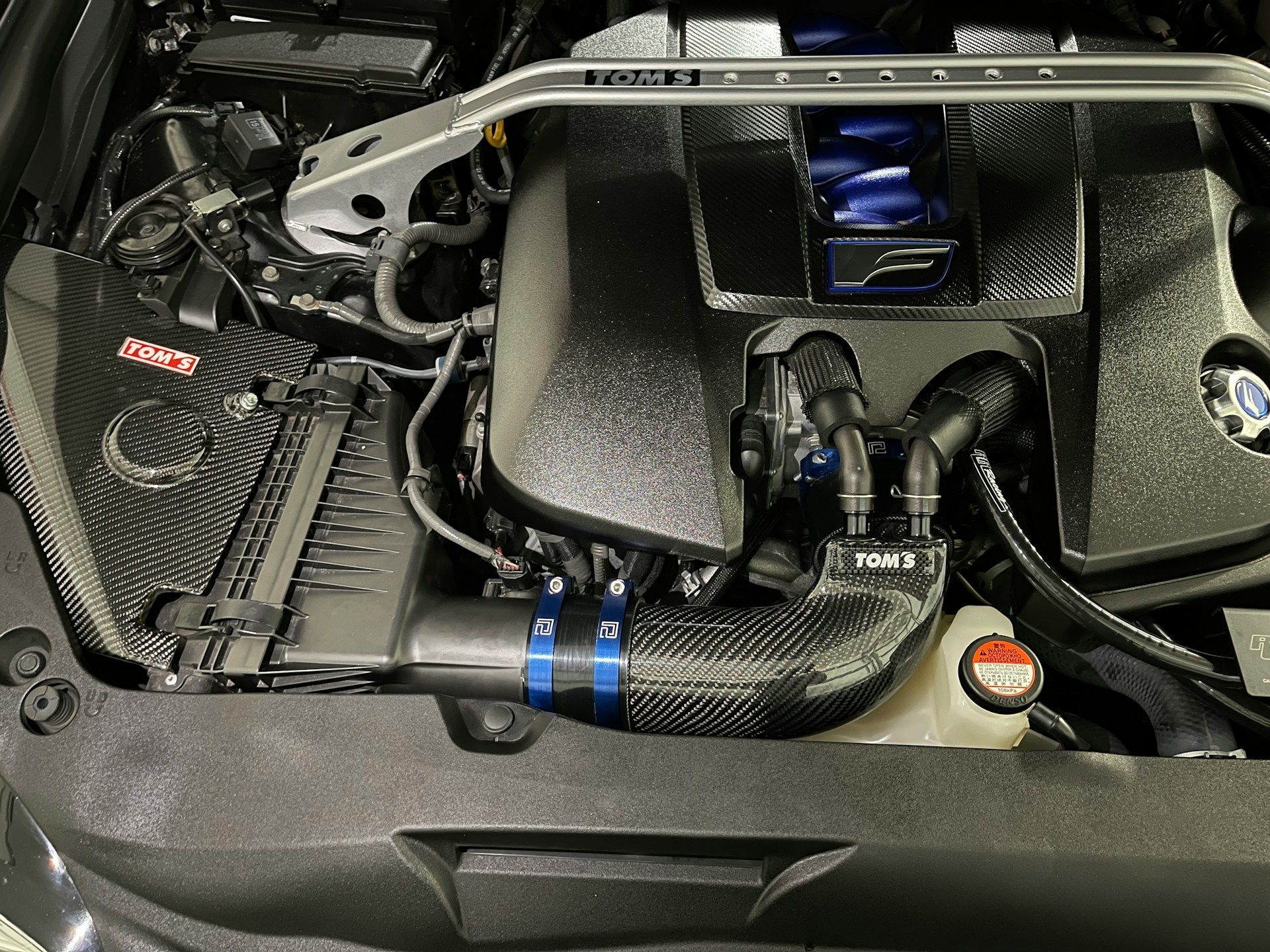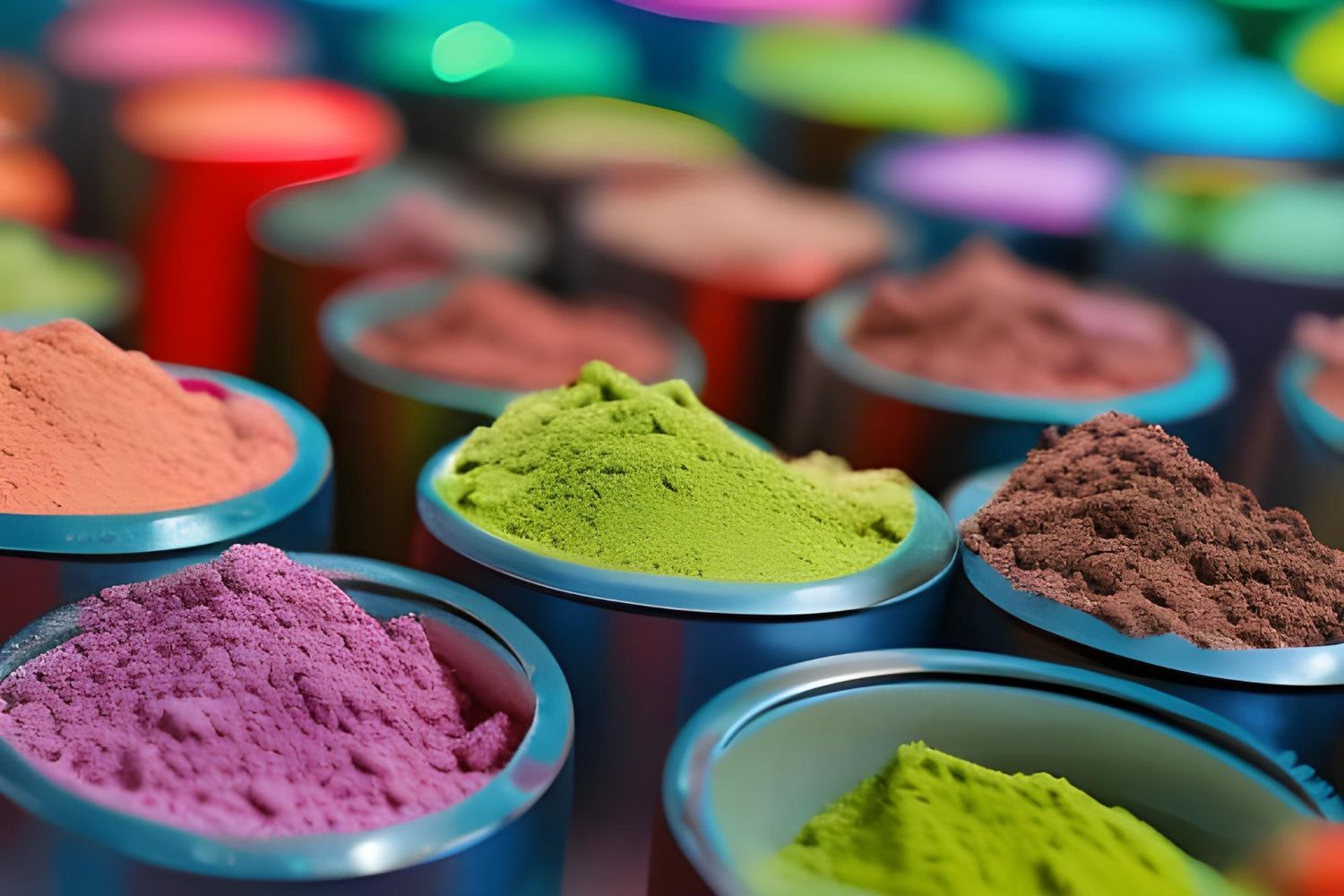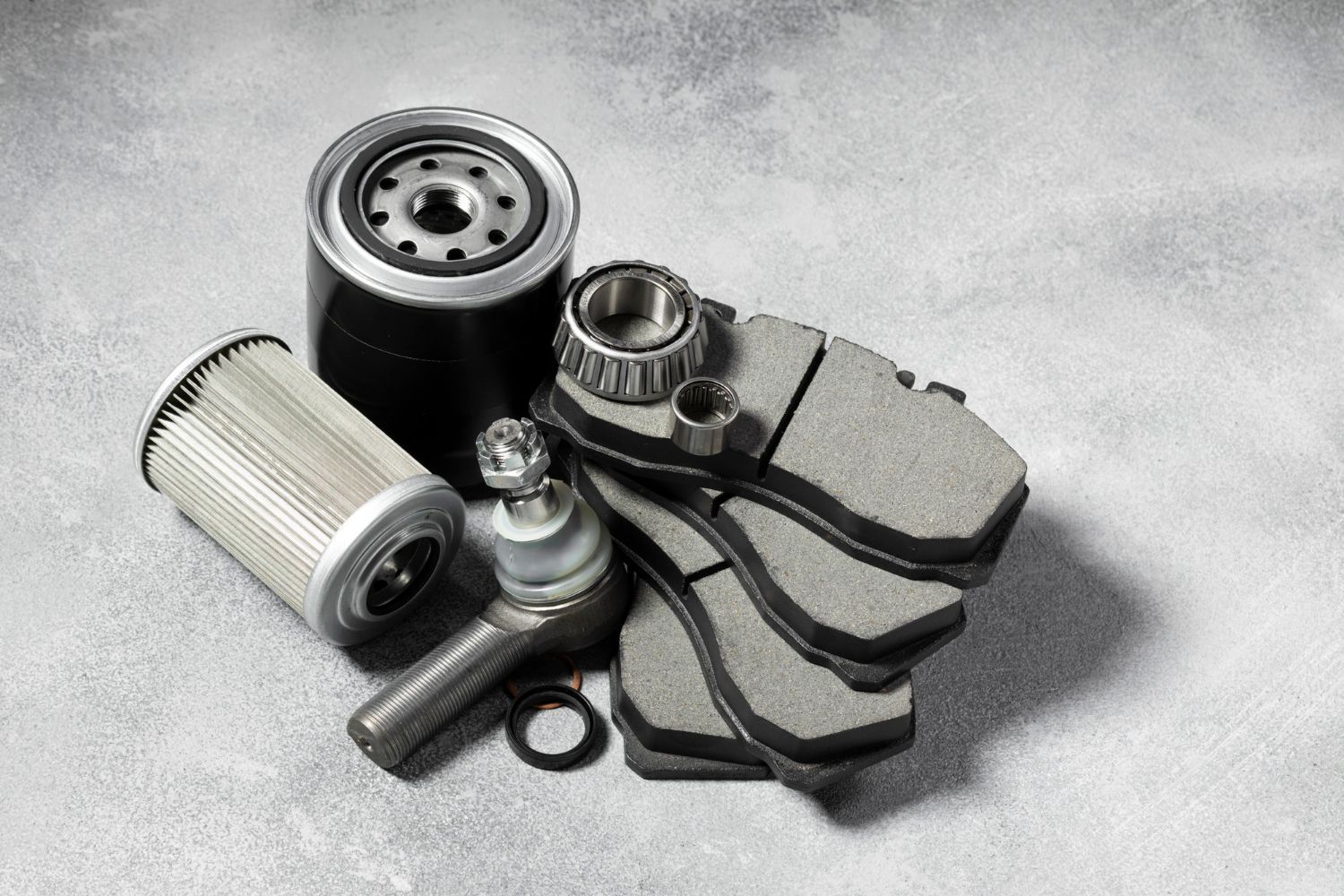Sandblasting: The Ideal Surface Preparation Technique for a Flawless Powder Coating Finish

Adequate surface preparation is the cornerstone of a successful powder coating project. Ensuring that the substrate is clean, free of contaminants, and has the appropriate surface profile will directly impact the adhesion, appearance, and durability of the final coating. Among the various surface preparation techniques, sandblasting holds a prominent position for its efficiency, effectiveness, and versatility. By gaining a comprehensive understanding of sandblasting and its benefits, you can optimize your powder coating projects and unlock a world of exceptional finishes.
In this essential guide, we will divulge the vital role sandblasting plays in the powder coating process. Learn about the intricacies of this powerful surface preparation technique, the types of abrasives used, and the numerous benefits it offers in ensuring successful and long-lasting powder coating finishes. We will also explore the factors that dictate the appropriate sandblasting equipment and abrasive media most suited to specific project requirements. By mastering this indispensable surface preparation method, you can elevate your powder coating projects to new heights of quality, durability, and visual appeal.
1. Understanding Sandblasting: An Overview of the Process and Mechanics
Sandblasting, also known as abrasive blasting, involves propelling a stream of abrasive particles at high pressure onto a surface to clean, shape, or prepare it for further treatment. This technique effectively removes dirt, rust, paint, or other surface contaminants, resulting in a clean, roughened surface ideal for powder coating adhesion. Here are the primary components of the sandblasting process:
- Sandblasting equipment: A sandblasting system typically comprises a compressor, blasting pot (where the abrasive media is stored), and a blasting hose connected to a nozzle.
- Abrasive media: A wide variety of abrasive materials can be used for sandblasting, including silica sand, garnet, steel grit, and crushed glass, depending on the substrate and desired finish.
- Pressure settings: Managing the pressure during the blasting process is crucial for achieving the desired surface profile while preserving the integrity of the substrate.
2. The Benefits of Sandblasting in Surface Preparation for Powder Coating
Sandblasting serves as an excellent surface preparation method, especially for powder coating applications. Key benefits of sandblasting include:
- Improved adhesion: By removing contaminants and roughening the surface, sandblasting ensures a strong bond between the substrate and the powder coating.
- Enhanced corrosion resistance: Eliminating rust, corrosion, or old paint during the sandblasting process helps improve the powder coating's resistance to corrosion and prolongs its lifespan.
- Time and cost-effectiveness: Compared to manual cleaning methods or chemical stripping, sandblasting is often faster and more cost-effective, significantly reducing surface preparation time and labor costs.
3. Choosing the Right Sandblasting Equipment and Abrasive Media for Your Project
Selecting the appropriate sandblasting equipment and abrasive media is crucial for obtaining the desired results in your powder coating project. Consider these factors when making your choice:
- Substrate material: The type of material being treated will dictate the most suitable abrasive media. Softer metals like aluminum may require gentler abrasives like crushed glass or baking soda, whereas steel can withstand more aggressive media like steel grit.
- Surface condition: The condition of the surface being treated, including levels of rust, paint, or other surface imperfections, will influence the choice of abrasive media.
- Desired surface profile: Achieving the appropriate surface profile for optimal powder coating adhesion requires considering the specific characteristics and requirements of the powder being used.
4. Safety Measures and Best Practices for Sandblasting in Surface Preparation
Ensuring safe and effective sandblasting during surface preparation requires adhering to proper safety measures and best practices. These guidelines will help protect operators and maintain the quality of your project:
- Personal protective equipment (PPE): Operators should wear appropriate PPE, including respiratory protection, hearing protection, gloves, and protective clothing, to avoid injuries caused by exposure to high-pressure abrasive particles.
- Ventilation: Proper ventilation is essential for keeping the blasting area free of excess dust and maintaining a healthy work environment.
- Equipment maintenance: Regular inspections and maintenance of the sandblasting equipment, including hoses, nozzles, and safety devices, will help prevent equipment failures and ensure safe operation.
Conclusion
Sandblasting is an indispensable tool in the world of surface preparation and serves as a cornerstone for successful and long-lasting powder coating finishes. By mastering the intricacies of this powerful technique, selecting the appropriate equipment and abrasive media, and adhering to safety best practices, you can reap the benefits of sandblasting in enhancing the durability, aesthetics, and overall performance of your powder-coated projects.
When you collaborate with experienced professionals like Executive Coast 2 Coast Powder Coating, you gain access to a wealth of expertise and guidance, ensuring that your projects receive the best treatment and attention they deserve. Make the most of
sandblasting services as an essential component of the powder coating process, and unlock the full potential of your project's aesthetics and longevity.
